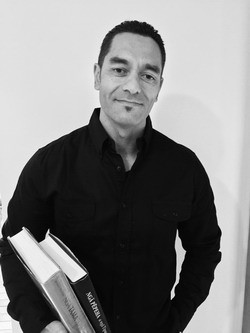Māori well-being specialist Dr Meihana Durie (Ngāti Kauwhata, Ngāti Raukawa, Rangitāne, Ngāti Porou, Ngāi Tahu, Rongo Whakaata) was recently awarded the HRC’s prestigious Hohua Tutengaehe Research Fellowship in Māori Health. In doing so, he became the first person to receive HRC funding from Te Wānanga o Raukawa, a tikanga Māori tertiary education provider in Ōtaki.
Meihana’s fellowship is focused on creating pathways for the broader application of Mātauranga Māori (Māori knowledge) to Māori health promotion initiatives. His research expands on his PhD thesis, He Kawa Oranga, undertaken at Massey University, which focused on the relationship between tikanga Māori and attaining positive outcomes in Māori health and education. It also builds on his work at Te Wānanga o Raukawa in helping to establish Ngā Purapura, a Māori Wellness Centre and health promotion initiative underpinned by student, community, whānau, hapū and iwi-driven wellness programmes and services.
“Māori health promotion is partly about drawing from Māori world views to find relevant pathways that can enhance mauri – the essence of wellness and vitality. It is also about recognising that the whānau wellness journey is a lifelong phenomenon ultimately determined by the nature of interconnectedness between people and the environment, but also through alignment with our past, present, and future,” says Meihana.
“The research will ideally contribute to new ways in which Mātauranga Māori can be directly applied to Māori health promotion initiatives and interventions. A further goal is to develop a platform that reinforces cultural identity as a critical component of Māori wellness journeys.”
To help achieve this, Meihana intends to develop a model for Māori health promotion that integrates key elements of te ao Māori – including te reo Māori and kaupapa, tikanga and kawa (cultural values, practices, and rituals).
Although the model will draw partially from iwi-specific research into Ngāti Raukawa Te Au ki te Tonga health promotion initiatives, Meihana expects that both the process of development and the model itself will also be influenced by wider Māori and indigenous insights and ideally transferable to whānau and wider communities.
